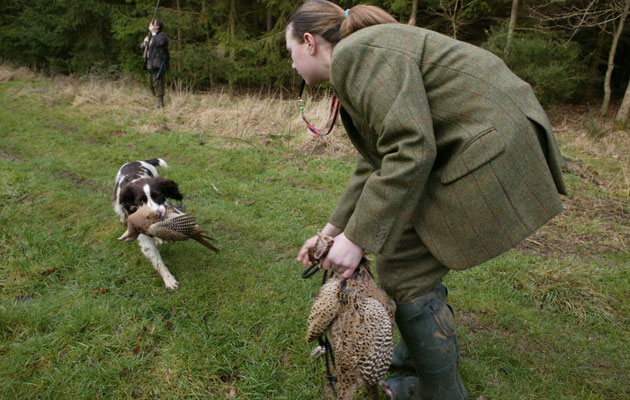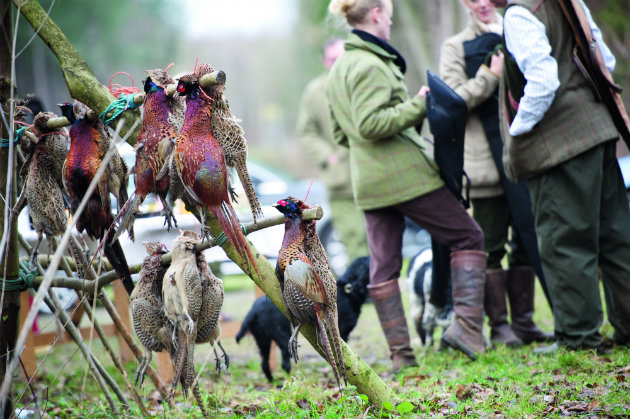Picking-up: A few wise words from a picking-up expert.
Win CENS ProFlex DX5 earplugs worth £1,149 – enter here
How to stay safe when you’re a picker-up on a shoot
Pickers-up: The job of pickers-up is not an easy one.
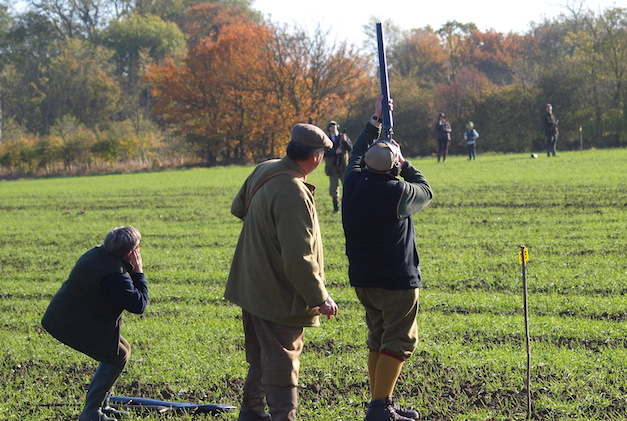 Safe shooting is easy to take for granted
Safe shooting is easy to take for granted
As a picker-up on a shoot you are invariably going to be in a vulnerable, if not dangerous, position standing behind a line of Guns. Experienced Shots are usually safe and wouldn’t dream of shooting low behind. Sadly, that is not always the case, as the excitement of the moment can lead to a momentary lapse of concentration. My narrowest escape was when the Gun, a retired army officer of high rank, fired low behind at partridges. Fortunately he missed me, though not by a great deal. He did at least have the manners to admit his mistake and apologise profusely. He also got a severe reprimand from the shoot captain.
It always makes sense to stand as far behind the Guns as you can to do your job as efficiently as possible. You don’t want to be too far away. You certainly don’t want to be too close. One time I was on a shoot where all the pickers-up positioned themselves about 50 yards behind the Guns on each drive. I thought that was far too close for comfort, but it seemed to be accepted practice on this shoot.
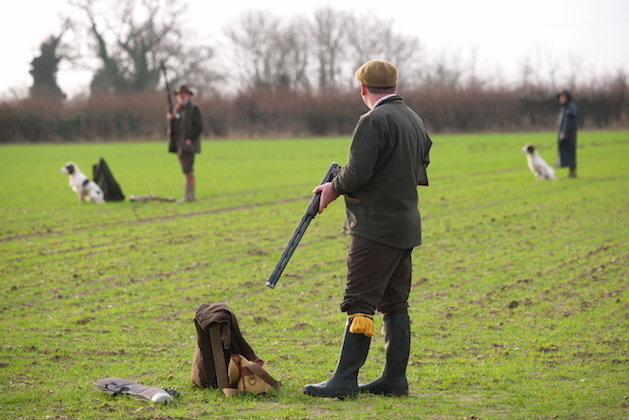
When picking up it is always best to stand well behind the Guns
It is not always easy to get as far from the Guns as you would like. My most unpleasant experience was picking-up on a syndicate day on a semi-commercial shoot. The syndicate was a little unusual, as though they shot together, there was not much camaraderie. The shoot was on an estate that had been divided between brother and sister. They had fallen out, with the result that the sister’s keeper patrolled the boundary on shoot days and no one, not even a dog, was allowed to trespass across.
Far from safe
The third drive of the day was close to the boundary, so I had no choice but to stand, with my spaniels, uncomfortably close to one of the Guns. Unfortunately one particular Gun, a man of senior years, proved to be far from safe, shooting low and continuing to fire after the horn had been blown at the end of the drive.
As I had experienced shot whistling around my ears I decided to have a quiet word, as politely and as unobtrusively as I could. It was a mistake. The Gun, already somewhat red-faced from the sloe gin, became even redder with rage, swearing at me loudly and profusely and generally drawing attention to himself. Perhaps I should have spoken first to the shoot owner who was running the day, but it was me who had been in the line of fire and, unpleasant as it was, I felt entirely justified in saying something.
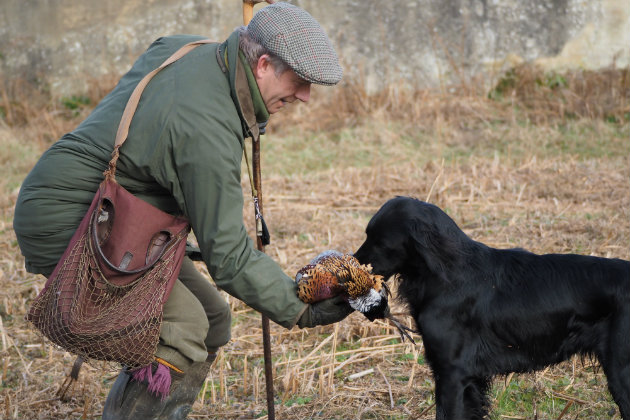
A well-trained and responsive picking-up dog is a must for any shoot
Later in the day the shoot owner asked me to apologise to the errant Gun. That was something I could not do, as I felt strongly that he should have been apologising to me. It was when I was putting my dogs in the car to go home that another member of the syndicate came over, shook me firmly by the hand and thanked me for my work that day. He didn’t say so, but it was clear that the dangerous shooting had worried him too.
I wrote about this incident in Shooting Times 13 years ago and invited readers to comment. I had a good response, with most saying that I had done the right thing. Others insisted that a picker-up should never speak to a Gun and that any communication should be through the shoot owner or captain, or the gamekeeper. I resolved never to pick-up on that particular shoot again.
A beginner’s guide to picking-up
We walk you through what to expect on your first time picking-up, including when to know if your dog is…
What you need to know about picking-up on a shoot
In my view, game shooting is only defensible if every bird that is shot ends up on the table. Without…
Lastly, I hate the word peppering, which makes a serious incident sound curiously innocuous. Having an ounce and an eighth of No.6 rattling around you, even at 100 yards, is not a pleasant experience. A shotgun might not kill at 100 yards, but a stray pellet can still blind. Perhaps safety glasses should be standard wear for picking-up?
Related Articles
Get the latest news delivered direct to your door
Subscribe to Shooting Times & Country
Discover the ultimate companion for field sports enthusiasts with Shooting Times & Country Magazine, the UK’s leading weekly publication that has been at the forefront of shooting culture since 1882. Subscribers gain access to expert tips, comprehensive gear reviews, seasonal advice and a vibrant community of like-minded shooters.
Save on shop price when you subscribe with weekly issues featuring in-depth articles on gundog training, exclusive member offers and access to the digital back issue library. A Shooting Times & Country subscription is more than a magazine, don’t just read about the countryside; immerse yourself in its most authoritative and engaging publication.






